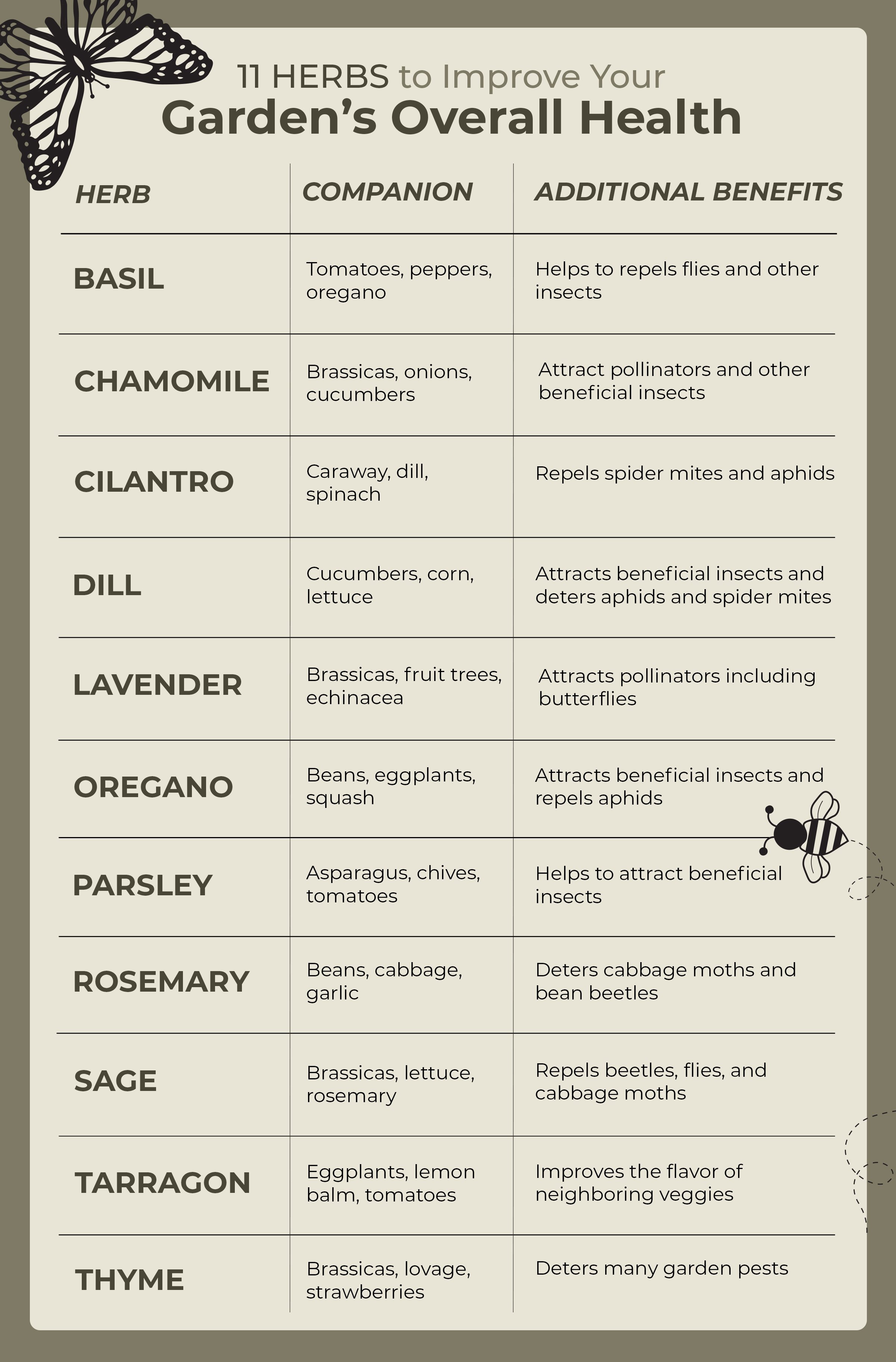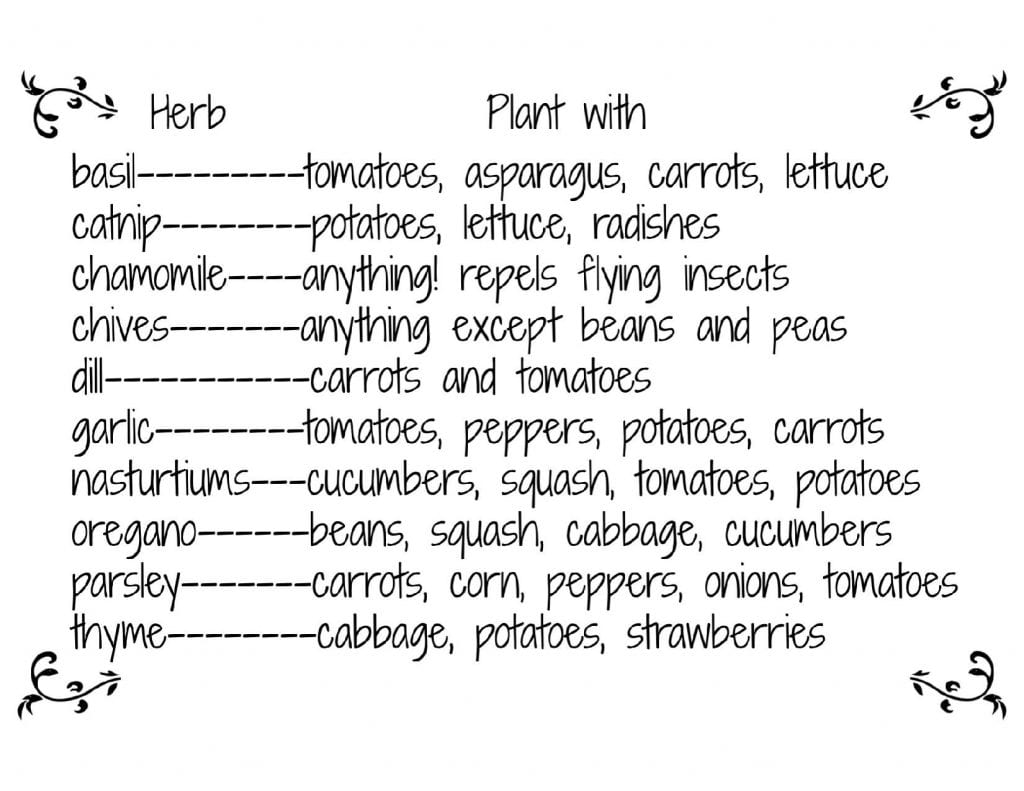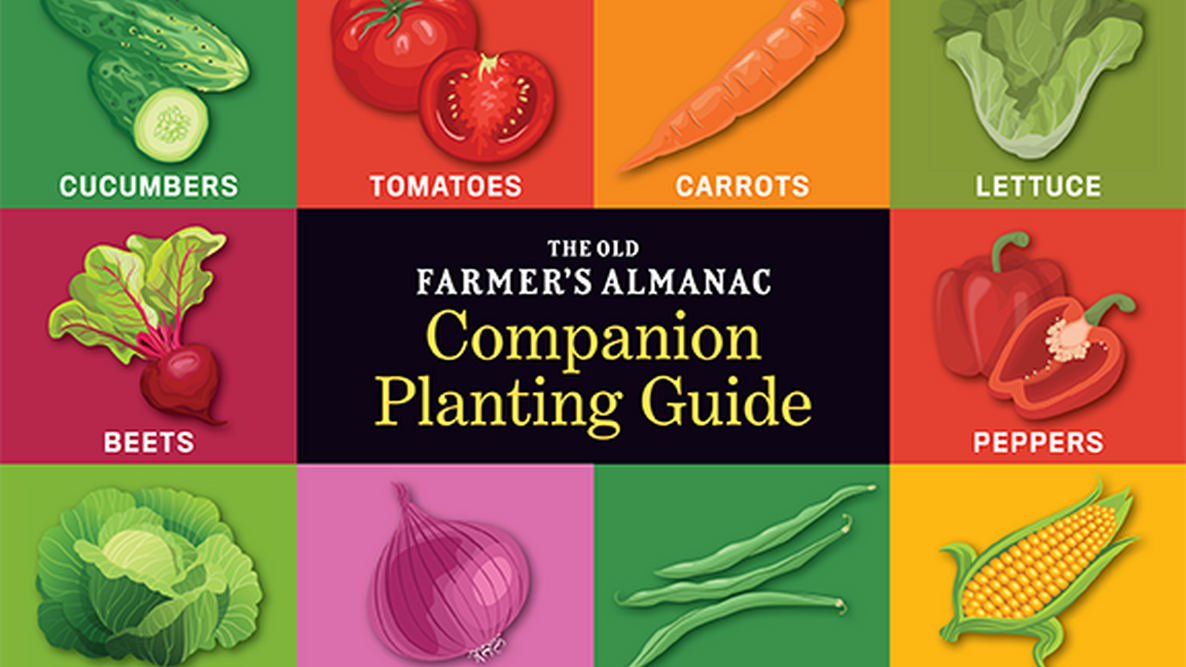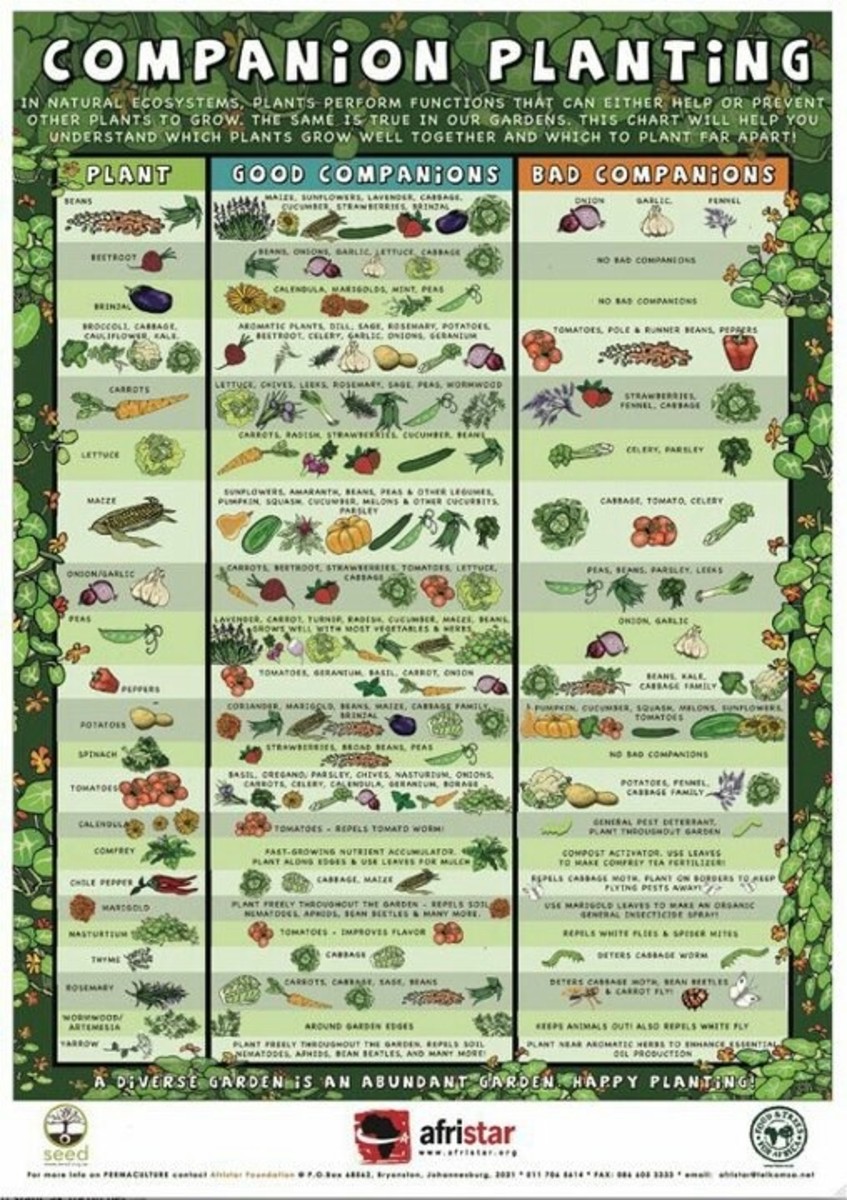The Ultimate Guide To Planting Herbs Together: A Chart Of The Best Herb Companions
The Ultimate Guide to Planting Herbs Together: A Chart of the Best Herb Companions
Herbs are a great way to add flavor and nutrition to your meals, and they can also be beautiful additions to your garden. But did you know that planting certain herbs together can actually have benefits for both the herbs and your garden?
In this guide, we'll take a look at the best herbs to plant together, and we'll provide a chart that you can use to reference when planning your herb garden. We'll also discuss some of the benefits of companion planting, and we'll give you some tips for getting started.
What is Companion Planting?
Companion planting is the practice of planting certain plants together in order to enhance their growth and productivity. By planting compatible plants together, you can create a more beneficial environment for both plants, and you can also help to deter pests and diseases.
There are a number of factors to consider when choosing companion plants, such as their growth habits, their nutrient requirements, and their susceptibility to pests and diseases. Some plants, for example, release chemicals that can suppress the growth of nearby plants. Other plants can attract beneficial insects that help to control pests.
The Benefits of Companion Planting
There are many benefits to companion planting, including:
- Increased yields: Companion planting can help to increase the yields of certain crops. For example, tomatoes planted near basil have been shown to produce more fruit.
- Improved pest control: Certain plants can attract beneficial insects that help to control pests. For example, marigolds attract ladybugs, which eat aphids.
- Reduced disease risk: Companion planting can help to reduce the risk of disease by creating a more balanced ecosystem in your garden.
- Enhanced growth: Companion planting can help to enhance the growth of certain plants by providing them with nutrients, shade, or support.
How to Get Started with Companion Planting
If you're interested in trying companion planting, there are a few things you need to do to get started:
- Do your research. There are a number of resources available that can help you to learn about which plants are compatible with each other.
- Plan your garden. When you're planning your garden, take into account the growth habits and needs of the plants you want to grow.
- Plant your herbs together. When you're planting your herbs, place compatible plants near each other.
- Monitor your garden. Once your garden is planted, keep an eye on it and make adjustments as needed.
A Chart of the Best Herb Companions
The following chart lists some of the best herbs to plant together. This is just a starting point, and you may need to do some additional research to find the perfect companions for your specific herbs.
| Herb | Companion Herbs |
|---|---|
| Basil | Tomatoes, chives, parsley, rosemary |
| Chives | Basil, carrots, tomatoes, roses |
| Dill | Carrots, cabbage, tomatoes, onions |
| Lavender | Rosemary, thyme, sage, oregano |
| Mint | None (mint is invasive and can choke out other plants) |
| Oregano | Basil, tomatoes, rosemary, thyme |
| Parsley | Basil, chives, tomatoes, carrots |
| Rosemary | Lavender, thyme, sage, oregano |
| Sage | Rosemary, thyme, oregano, lavender |
| Thyme | Basil, oregano, rosemary, sage |
Conclusion
Companion planting is a great way to enhance the growth and productivity of your herbs, and it can also help to deter pests and diseases. By planting compatible herbs together, you can create a more beneficial environment for both plants, and you can also save time and money on pest control and fertilizer.
If you're new to companion planting, start by doing some research and planning your garden carefully. Once you've planted your herbs, keep an eye on them and make adjustments as needed. With a little bit of effort, you can create a thriving herb garden that will provide you with fresh herbs all season long.
Do you want to grow a successful herb garden?
Visit Home Gardening to learn more about which herbs grow well together and how to arrange them in your garden.
Our website has a comprehensive planting herbs together chart that shows you which herbs are compatible with each other and which ones should be avoided. We also provide tips on how to choose the right location for your herb garden and how to care for your herbs once they are planted.
Visit Home Gardening today to learn more about planting herbs together and how to create a beautiful and productive herb garden.
FAQ of planting herbs together chart
- Can I plant multiple herbs together?
Yes, you can plant multiple herbs together in the same pot or garden bed. In fact, companion planting is a great way to attract beneficial insects, deter pests, and improve the overall health of your herbs. When choosing herbs to plant together, it is important to consider their sunlight and water requirements, as well as their growth habits. For example, tall herbs should be planted behind shorter herbs so that they do not shade them out.
- What are some good herbs to plant together?
Here are a few examples of herbs that can be planted together:
* Basil and tomatoes. Basil helps to deter tomato hornworms, and tomatoes provide support for basil plants.
* Chives and carrots. Chives help to repel carrot rust flies, and carrots help to improve the flavor of chives.
* Cilantro and mint. Cilantro and mint both prefer full sun and moist soil, so they can be planted together in the same pot or garden bed.
* Dill and parsley. Dill and parsley both have shallow roots, so they can be planted together without competing for water and nutrients.
* Lavender and rosemary. Lavender and rosemary both prefer well-drained soil and full sun, so they can be planted together in a sunny spot in your garden.
- What are some herbs that should not be planted together?
Here are a few examples of herbs that should not be planted together:
* Fennel and carrots. Fennel can stunt the growth of carrots.
* Garlic and beans. Garlic can inhibit the growth of beans.
* Marjoram and oregano. Marjoram and oregano can compete for nutrients, so it is best to plant them in separate pots or garden beds.
* Rosemary and sage. Rosemary and sage can both be susceptible to powdery mildew, so it is best to plant them in separate pots or garden beds.
* Thyme and mint. Thyme and mint can both be invasive, so it is best to plant them in separate pots or garden beds.
Image of planting herbs together chart
- Herbs that attract beneficial insects: This chart shows which herbs attract beneficial insects, such as ladybugs, hoverflies, and parasitic wasps. These insects help to control pests in your garden.

- Herbs that repel pests: This chart shows which herbs repel pests, such as mosquitoes, ants, and rabbits. Planting these herbs around your garden can help to keep pests away.

- Herbs that companion well together: This chart shows which herbs companion well together. Companion planting is a gardening technique where you plant certain plants together because they benefit each other. For example, basil helps to repel mosquitoes, so it can be planted near tomatoes to protect them from this pest.

- Herbs that can be planted together in a container: This chart shows which herbs can be planted together in a container. When planting herbs in a container, it is important to choose plants that have similar water and sunlight needs.

- Herbs that can be planted together in a garden bed: This chart shows which herbs can be planted together in a garden bed. When planting herbs in a garden bed, it is important to choose plants that have similar growth habits and mature sizes.

- Herbs that can be planted together in a fairy garden: This chart shows which herbs can be planted together in a fairy garden. Fairy gardens are small, miniature gardens that are often created in containers. When planting herbs in a fairy garden, it is important to choose plants that are small and delicate.

- Herbs that can be planted together in a vegetable garden: This chart shows which herbs can be planted together in a vegetable garden. When planting herbs in a vegetable garden, it is important to choose plants that have different growing habits and mature sizes. This will help to prevent competition for resources.

- Herbs that can be planted together in a flower garden: This chart shows which herbs can be planted together in a flower garden. When planting herbs in a flower garden, it is important to choose plants that have similar water and sunlight needs. This will help to ensure that all of your plants thrive.
- Herbs that can be planted together in a medicinal garden: This chart shows which herbs can be planted together in a medicinal garden. When planting herbs in a medicinal garden, it is important to choose plants that have complementary medicinal properties. For example, chamomile can be planted near lavender to enhance the calming effects of both herbs.

- Herbs that can be planted together in an indoor herb garden: This chart shows which herbs can be planted together in an indoor herb garden. When planting herbs indoors, it is important to choose plants that have similar light and water needs. It is also important to consider the size of your space when choosing herbs for an indoor herb garden.

Post a Comment for "The Ultimate Guide To Planting Herbs Together: A Chart Of The Best Herb Companions"